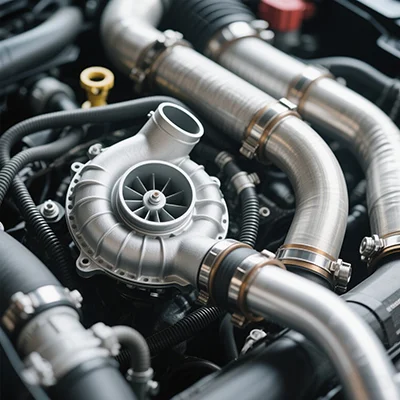Unveiling the 10 Essential Features of Exceptional Packaging
In today's competitive market, packaging plays a crucial role in attracting consumers and differentiating products from competitors. Good packaging not only protects the product but also serves as a powerful marketing tool. In this blog post, we will delve into the ten key features that define exceptional packaging, ensuring that your product stands out on the shelves and resonates with your target audience.
- Eye-catching Design:
The first impression is vital, and an eye-catching design is the gateway to capturing consumers' attention. A visually appealing packaging design that aligns with your brand identity and product attributes can create an instant connection with potential buyers. - Clear Branding:
Effective packaging should prominently display your brand logo, name, and tagline. Consistent branding across all packaging elements helps build brand recognition and fosters trust among consumers. - Functional Practicality:
Packaging should be designed with functionality in mind. It should be easy to open, close, and handle. Considerations such as resealable features, ergonomic shapes, and appropriate sizes contribute to a positive user experience. - Product Information:
Providing clear and concise product information is essential. Include details such as ingredients, usage instructions, nutritional facts, and any certifications or awards. Transparent and informative packaging builds trust and helps consumers make informed purchasing decisions. - Sustainable Materials:
In today's environmentally conscious world, using sustainable packaging materials is crucial. Opt for recyclable, biodegradable, or compostable materials to minimize the environmental impact. Communicate your commitment to sustainability on the packaging to resonate with eco-conscious consumers. - Protection and Durability:
Packaging should protect the product from damage during transportation and storage. It should be sturdy enough to withstand handling and potential impacts. Ensuring the product arrives intact enhances customer satisfaction and reduces returns. - Differentiation:
Packaging should differentiate your product from competitors. Unique shapes, innovative features, or distinctive color schemes can help your product stand out on the shelves. Conduct market research to identify gaps and opportunities for differentiation. - Target Audience Appeal:
Understanding your target audience is crucial in designing packaging that resonates with them. Consider their preferences, lifestyle, and values to create packaging that appeals to their emotions and desires. Customizing packaging for specific market segments can enhance brand loyalty. - Shelf Impact:
Packaging should be designed to maximize shelf impact. Consider how your product will look alongside competitors and aim to create a visually appealing arrangement. Strategic placement of key information and design elements can attract attention and drive sales. - Adaptability and Innovation:
Lastly, good packaging should be adaptable to changing market trends and consumer preferences. Stay updated with industry innovations and be open to incorporating new packaging technologies or designs that enhance the overall consumer experience.
Conclusion:
Exceptional packaging goes beyond just protecting the product; it serves as a powerful marketing tool that engages consumers and drives sales. By incorporating these ten features - eye-catching design, clear branding, functional practicality, product information, sustainable materials, protection and durability, differentiation, target audience appeal, shelf impact, and adaptability - you can create packaging that captivates consumers and sets your product apart from the competition.
